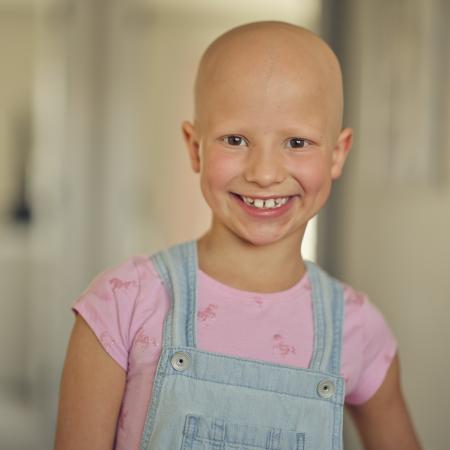Alopecia Areata is an autoimmune disease that causes hair loss in many people, including children.
In an autoimmune disease, the immune system mistakes cells that belong to the body as being foreign invaders (such as the viruses and bacteria that cause diseases). This can be caused by differences in a person’s genes, something in their environment, or both. In people with Alopecia Areata, the body’s immune system is misdirected to attack its own hair follicles.
The study medicine, ritlecitinib, is designed to block certain signals that cause the immune system to do this.




